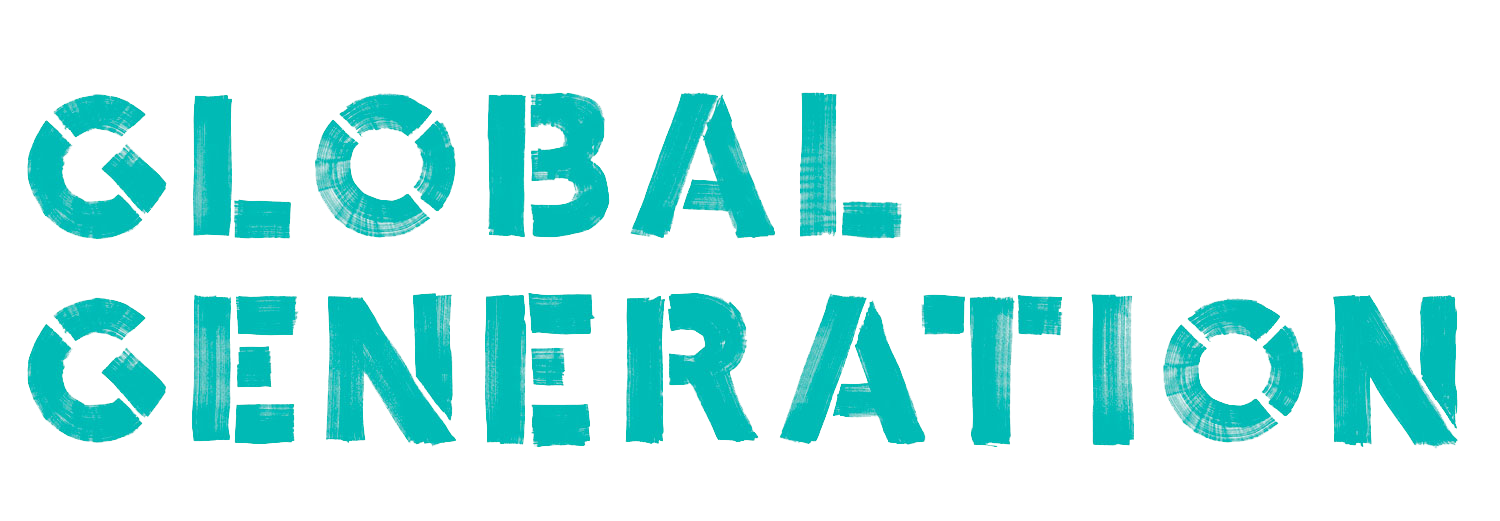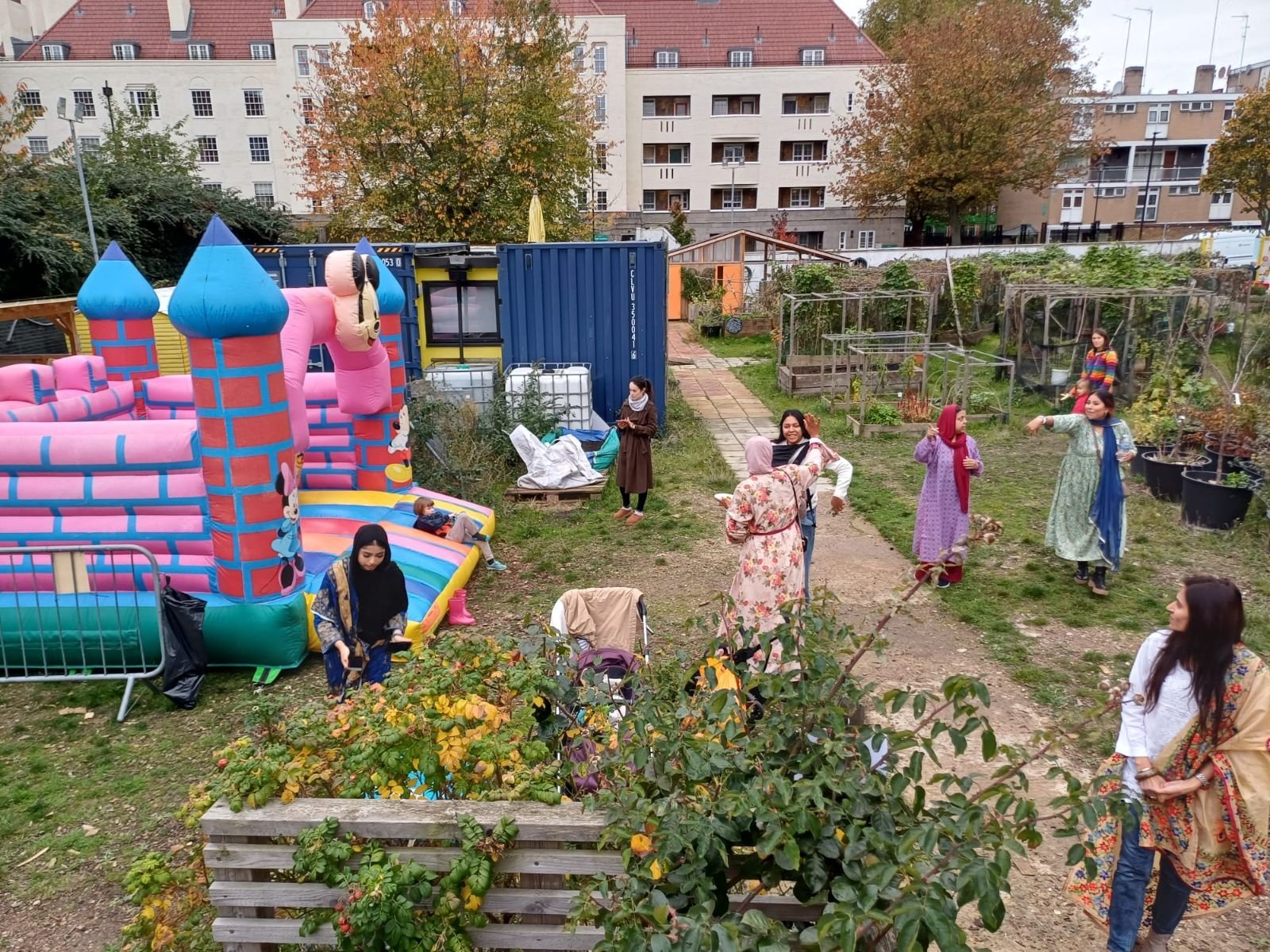BUILDING A PAPER GARDEN (PART 2)
For many years now, I have said that Global Generation has thrived in the slipstream of other people’s waste. Thanks to forward thinking property developers like British Land and Argent, we have been able to locate our community projects inside and adjacent to large scale construction projects. Inhabiting spaces that are usually out of bounds for community groups, means we are well placed to establish a circular culture which many in the construction world refer to as a circular economy. It is a word that is gaining currency but given the huge amount of waste it is sobering how few circular economy builds are actually happening. I was surprised to learn that at just 300 metres square our new Paper Garden Education Shed on the old Printworks site in Canada Water, will be the largest circular economy building in London; that is to say a structure that is using at least 90% reclaimed materials. As we embark on what is the most ambitious build project for Global Generation, I am seeing first hand how to grow a different, more sustainable kind of future. It is not the technologies or the materials that are lacking, it is the opportunities for people of different disciplines to overlap and creatively collaborate. And to effectively collaborate we need to create generative spaces for people to come together.
These were the thoughts that came to me as I sat outside at a long table, amongst the late summer vegetables in our current Paper Garden. I was with Rebecca Cadwallader and Charlie Scott who are engineers from Watermans, our architect Heloise Dessaisement from Jan Kattein Architects, Bethany Lilley and Jim Watts from Wates Construction and Morgan Da Silva, wood craftsman from Yes Make. I smiled inwardly as the chickens made their way into our little garden office otherwise known as the Copper Palace. At the table an umbrella popped as light rain began to fall; we all wanted to stay outside. Most of our design meetings had been on zoom and this was definitely a great place to be; not only the location but in the way the conversation was going. There was a friendly banter going back and forth alongside the nuts and bolts of how we were actually going to combine mondrian facades of randomly sized windows not yet received from Nordan’s discard stores in Scotland, Poland and Norway, untreated hardwood sleepers from Network Rail and Cordwood from Epping Forest. I watched the engineers turn into architects and the construction people prioritise approach over ease and efficiency. “Normally I would just call in one of our dry liners (someone who creates walls) and we would buy the materials, but the philosophy on this project is recycling and I am good with that,” says Jim from Wates.
During the meeting I head in and out of our makeshift kitchen, keeping an eye on the lunch that is slowly cooking. After we finished eating Rebecca from Watermans brought more insight as she explained why she is excited to be working on the project:
“I am working on the development of the main Printworks Building where lots of the reclaimed materials for the Paper Garden build are coming from. It’s a nice circle to be involved in both dismantling and re-use, it’s helping me think about how we design other buildings. The process is different from how we would normally do something and it makes a big difference having the different disciplines all sitting around the table from the get go. For us we are used to design meetings with MME engineers and the architects pre-construction, but to have the input from Wates at this early stage and to know what a construction team want, in terms of simplifying buildability, alongside what we want to achieve in terms of re-cycled and reclaimed materials is great.
All the elements of the build are really exciting. I just can’t wait to get stuck in, on the cordwood construction. It will be really good to have the community come down and get their hands dirty as they help us get the walls up. Cordwood is a really good system, it will look great and it is the perfect sustainable story for a paper garden site. Then there are the Mondrian window facades which are going to look spectacular. My colleague Amy has had to work out a complex structural arrangement of getting something to support it without clear straight load paths down to the frame. If we just put in a regular lattice of posts, the windows would all have to be the same size and laid out in a very formulaic pattern, we don’t want that and it would never work as we don’t know what size windows we are going to be given yet. The thing is we really want it to be random, it will make it a standout feature piece and we want the whole thing to be that great mix of structure and art. “
Core to what will make the project successful is that Global Generation is working with organisations whose values align with our own, in terms of inclusion and opportunities for young people. It was heartening and no surprise to learn that Waterman’s have used the opportunity of working on the Paper Garden build to provide a worthwhile summer placement, watch the video here.







Meet our second cohort of earth build trainees! Their focus has been on all things wood, including green woodworking and the timber construction of the kitchen. They have learned on the job, while working on our sustainable natural build construction project to create our first permanent community garden, at the #TriangleSite.